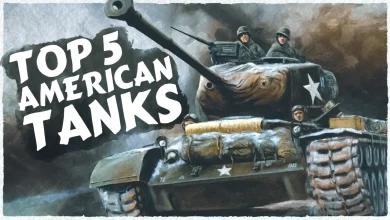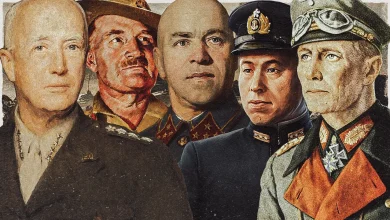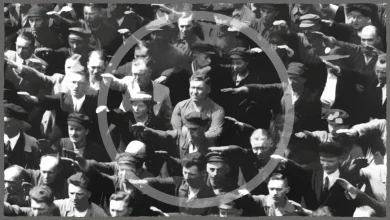Nazi Germany’s Master Interrogator Hanns Scharff
Imagine that you’re in the middle of the Second World War and a Prisoner of War is brought to you. You know he has knowledge of an imminent bombing raid, and your superiors task you with the interrogation and making sure that the prisoner spills the beans. How do you ensure the prisoner gives up the most amount of information? Do you torture them and rile up the pressure to an inhumane level in order to force someone to tell you everything he knows, even if he doesn’t? I mean you’re in the middle of a war after all.

So, according to the United States Army manual, you remain business-like. Ask direct questions, and supplement those with open-ended questions and fact-checking. But according to two academic articles, there’s a technique that works even better. It’s called the Scharff technique.
Scharff Technique
Scharff technique basically means you, as the interrogator, empathize and put yourself in the place of your prisoner, who is your source of information. You remain friendly, don’t force any questions or confessions, and create the illusion that you already know more or less everything the prisoner knows. This so-called Scharff technique thanks its name to Nazi Germany’s master interrogator Hanns Joachim Scharff.
Hanns Scharff
During the war, he worked as an interrogator for the Luftwaffe’s Intelligence and Evaluation Center. Because Scharff was fluent in English, he interrogated he questioned allied pilots that had crashed and were captured alive. He interrogated well over 500 captured pilots throughout the war. Even though Scharff was on ‘the wrong side of history’, even today the intelligence community considers him an iconic role model for interrogators.
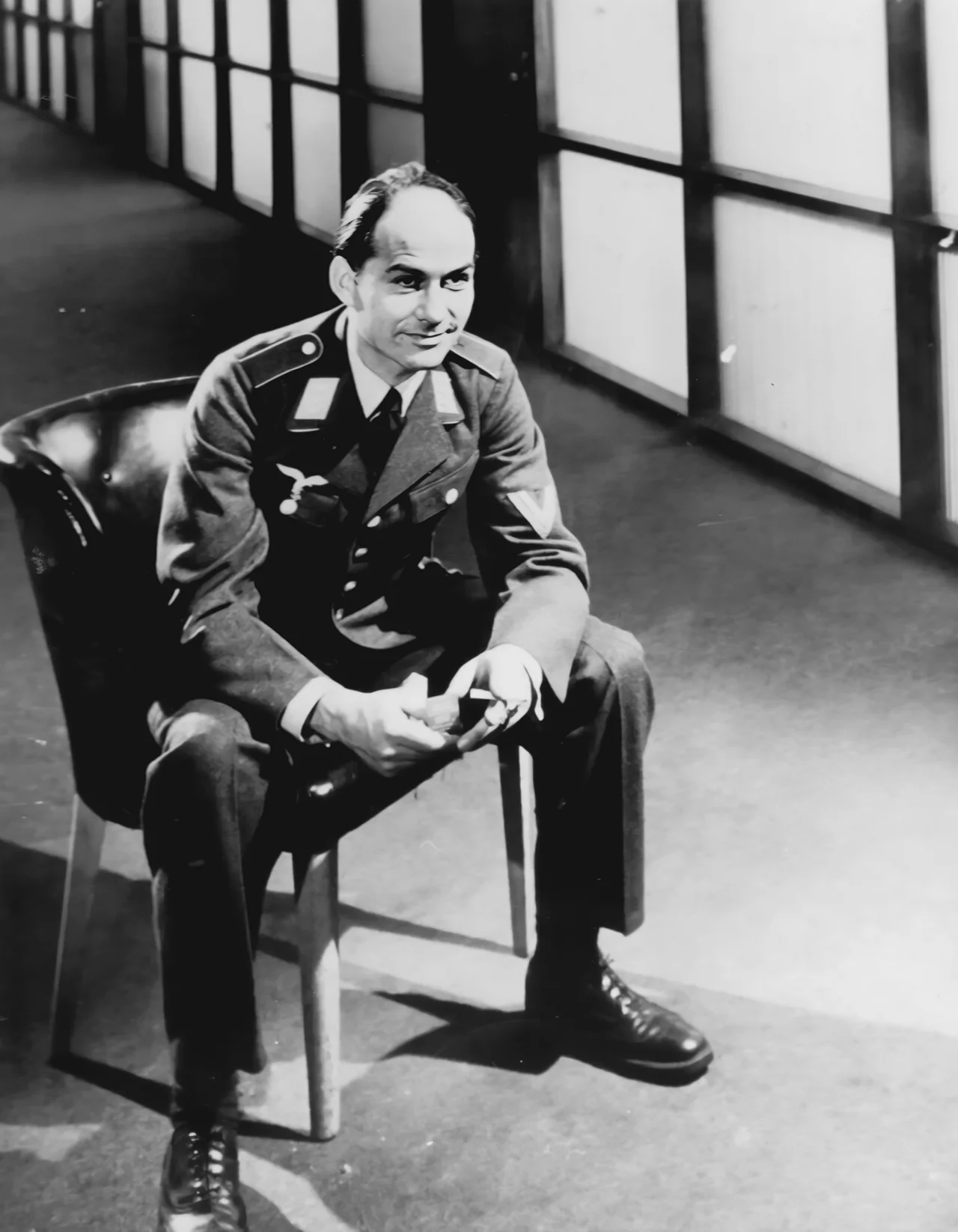
So what made him so special?
Well, a captured United States Air Force Fighter Pilot later reminisced about his interrogation, and his account tells us a lot about Scharff’s methods. In October 1944 Hubert Zemke was shot down over Germany and parachuted out of his aircraft. After several days of being on the run, he was captured and sent to Scharff for interrogation. Scharff made friendly conversation with him and wasn’t too interested in military intelligence. During a stroll through the woods, Scharff mistakenly mentioned that a chemical shortage was responsible for tracer bullets from American planes leaving white rather than red smoke. Zemke corrected him – there was no chemical shortage, the change in colour was to signal an aircraft was running out of ammunition. Scharff didn’t bat an eye, and the conversation continued. Zemke survived the war and only when he returned to the US he relayed his capture and interrogation to US army personnel, he realised what happened. When asked what Scharff got out of him he said “What did he get out of me? There is no doubt in my mind that he did extract something, but I haven’t the slightest idea what.”
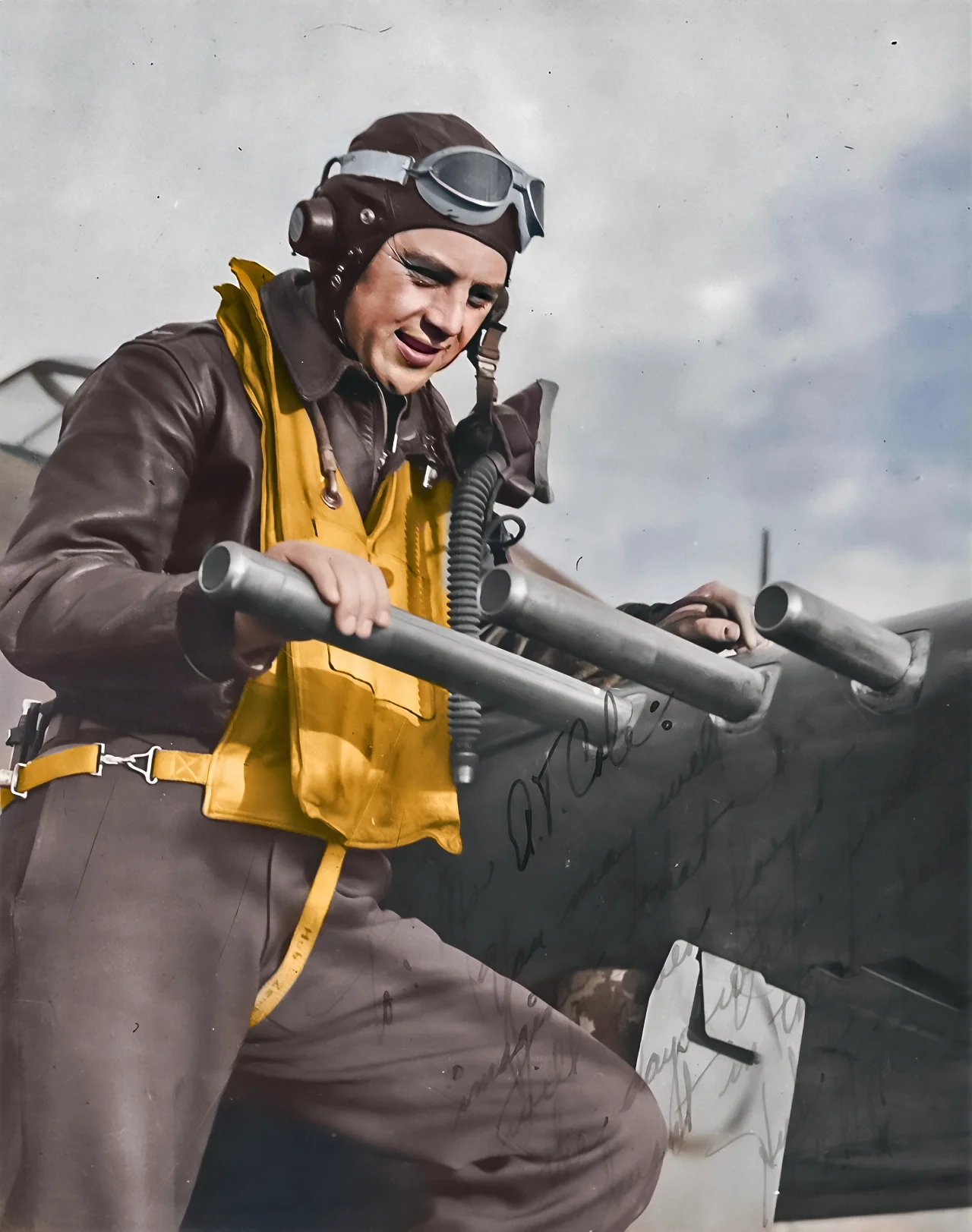
And he wasn’t the only one. One former prisoner said that Scharff ‘could get a confession of infidelity from a nun.’ Scharff’s unparalleled success came from the core belief that interrogating prisoners of war benefited from a friendly approach instead of torture. Basically, prisoners were unwilling to give up any information that the interrogator didn’t know. Still, they would think it useless to deny or withhold information that the interrogator pretended to know. It’s why Scharff always pretended to know more than he actually did during interrogations. He would provide a careful statement about a situation to which the prisoner would most likely reply yes or no, slowly coaxing the interrogator into the right direction and providing more information, even though the prisoner would just think he confirmed what the interrogator already knew.
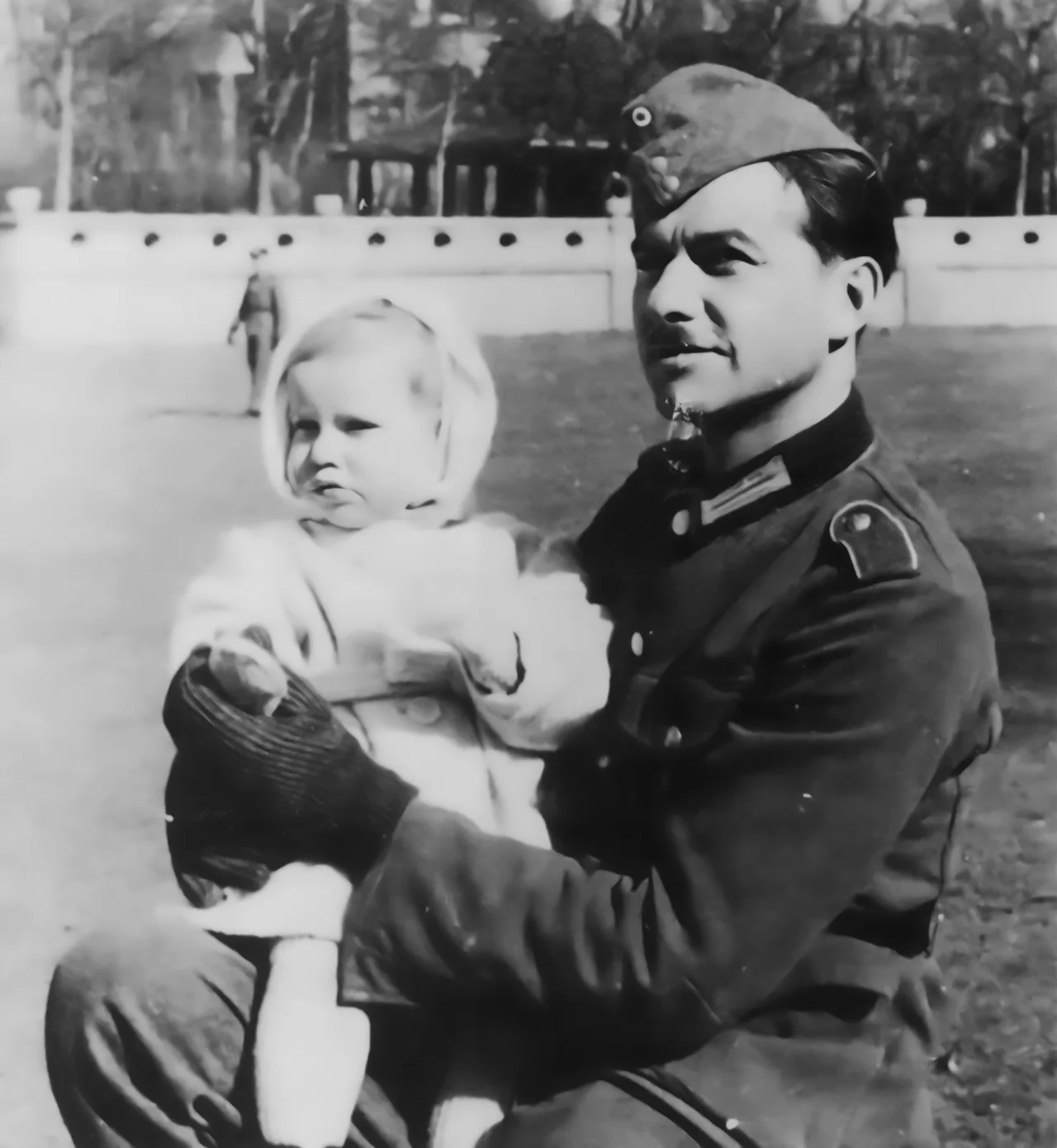
Now one of the most ironic things about Scharff being the most successful interrogator in Nazi Germany is that he was not just never meant to be an interrogator, but he was never meant to join the German Luftwaffe at all.
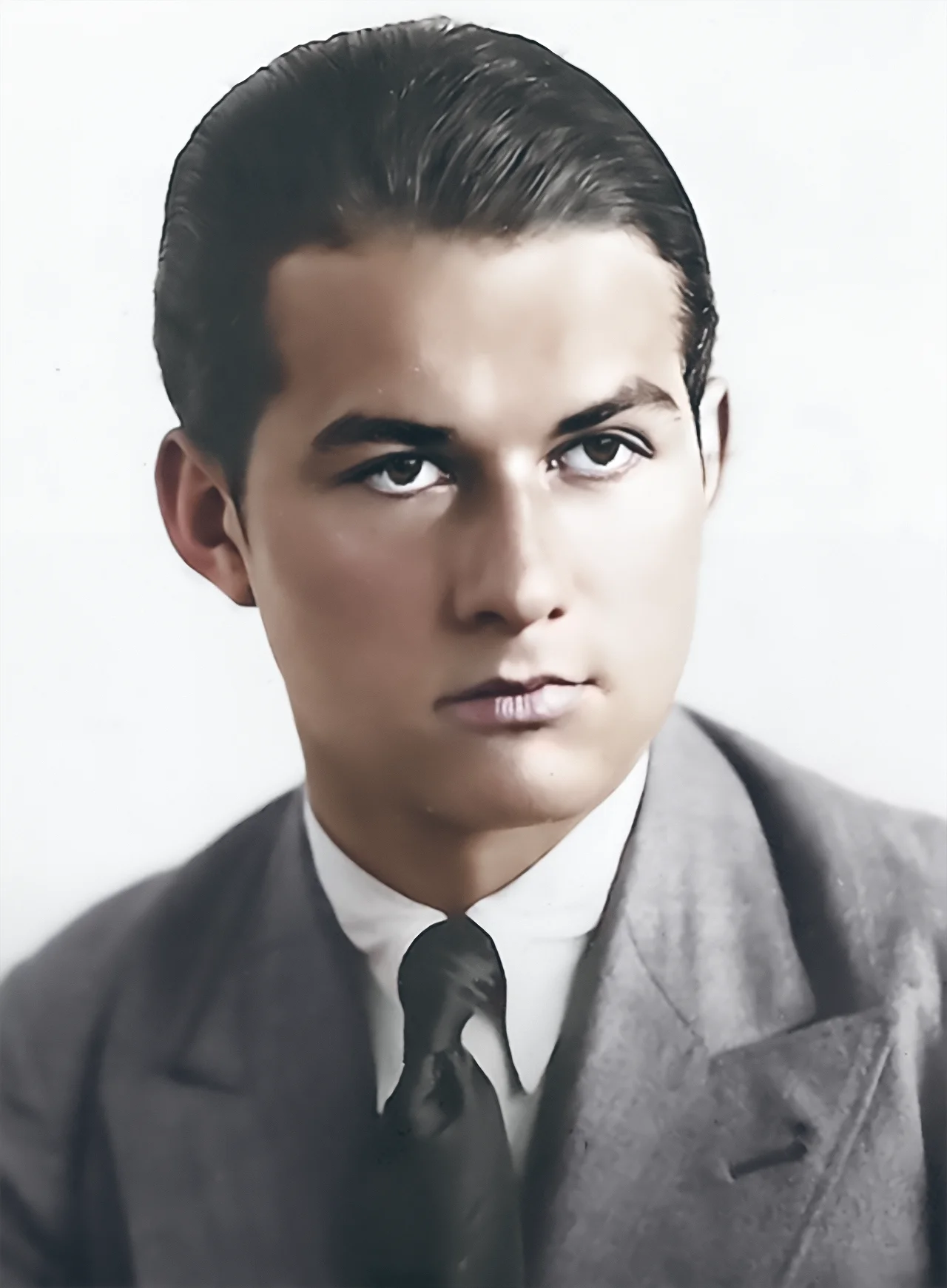
During the decade preceding the Second World War, Scharff worked for the Adler automobile manufacturer in Johannesburg, South Africa. There he met his British wife, with whom he had two children. Due to his work in South Africa, Scharff quickly became fluent in English and was promoted to director overseas. Fate had it that Scharff and his family were vacationing in Germany as the Second World War broke out.
Because of hostilities he was unable to leave Germany and was eventually drafted into the Wehrmacht. His unit was destined to be sent to the Eastern Front to invade the Soviet Union. But because of his fluency in English and the general awareness that the Eastern Front was a literal meat grinder, Scharff’s wife managed to talk herself into a general’s office and convince him to use her husband’s qualities as an interpreter.
During the initial stages of the war, Scharff became an assistant interrogator and saw the appalling treatment of Prisoners of War during interrogation sessions. He vowed to do things differently if he was ever in a position of influence. Thanks to a string of coincidences and an airplane crash with two of his superiors, over time Scharff actually became in charge of the Luftwaffe’s interrogation department, tasked with extracting information from captured Allied pilots.
Throughout the war, he was tasked with not just interrogating fighter pilots, but also assisting other Luftwaffe interrogators with their interrogation, if the captured pilot did not want to give up any information. Furthermore, other departments of the Nazi military apparatus such as the Wehrmacht made ample use of him interrogating captured officers and spies.
One of his most famous prisoners was Lt. Colonel Francis “Gabby” Gabreski, the US top fighter ace during the second world war. He was notorious in Nazi Germany and when he crashed his aircraft in German territory, he was subsequently arrested and brought to Scharff. Although Scharff said, Gabreski was one of the few men he didn’t manage to extract new information out of, the two men remained friends until Scharff’s death nearly 50 years later.
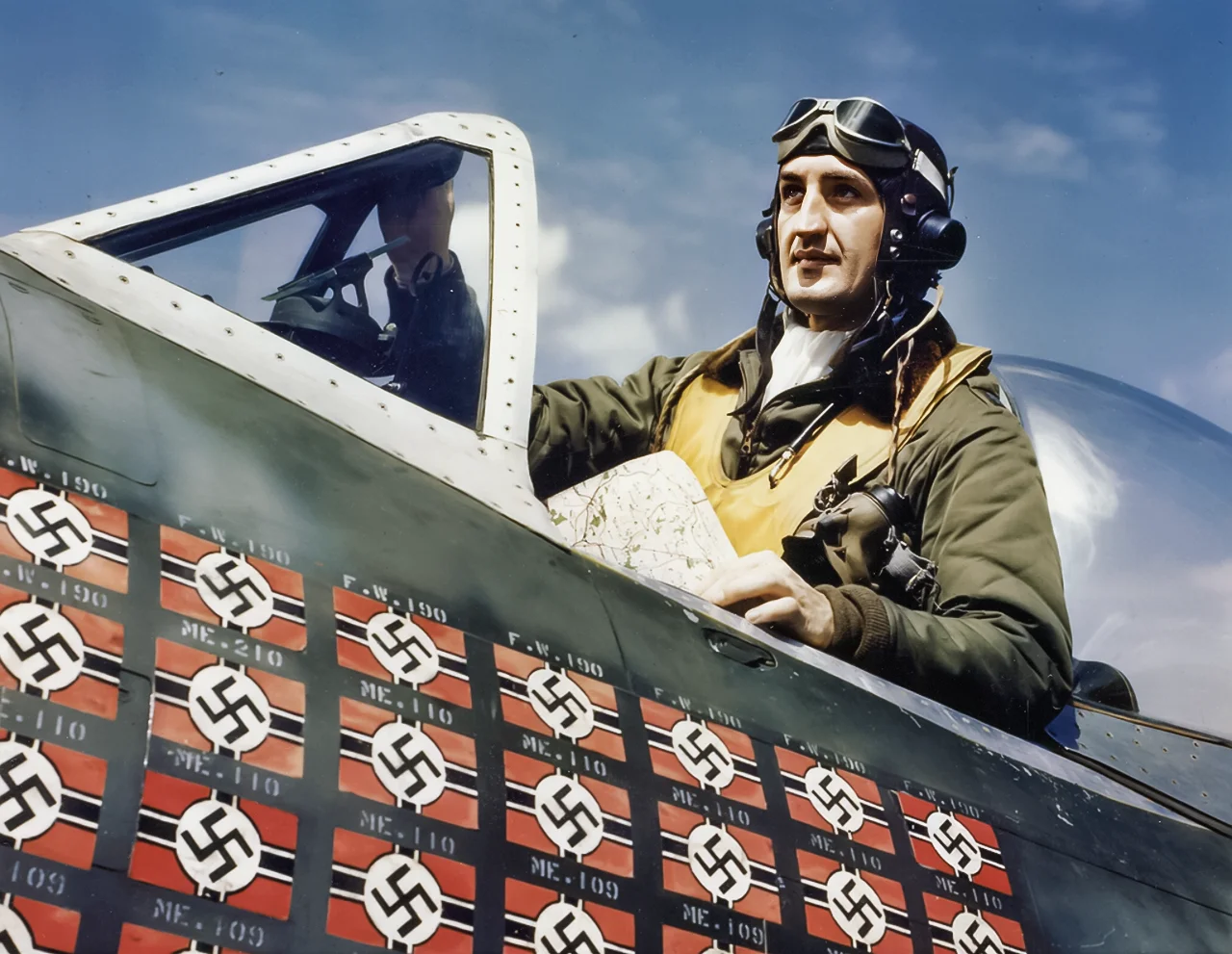
Most articles and historiography about Scharff put emphasis on his charismatic personality and cultivated people skills. Only recently, there has been an interest in explaining the actual effectiveness of Scharff’s tactics and the methodology behind it.
In a 2016 study published in the International Journal of Intelligence and Counter-Intelligence researchers set up an experiment with several participants in order to test the effectiveness of the Scharff technique against the so-called ‘direct approach’, the business-like way of interrogating.
Now, one of the findings was that the Scharff technique managed to elicit more information than the direct approach and that this information was more valuable and specific. But, what’s an even more interesting find is that people interrogated by the Scharff technique tended to underestimate how much information they revealed. In contrast, the people questioned using the direct approach overestimated how much information they revealed. And these findings correspond with the saying of Zemke, who said he had no idea how much information he divulged because he simply never had the feeling he was being interrogated.
And, well, that basically sums up the effectiveness of Scharff’s technique: pilots he interrogated simply didn’t realize they were giving up information the Nazis did not yet know, and Scharff didn’t have to torture a single soul for it.
And as for Scharff after the war?
Well, although his wife left him, he did manage to remarry an American woman. He emigrated there and contributed significantly to the United States’ post-war interrogation techniques. In 1948 he gave lectures to US air force personnel and Scharff’s first-hand experience accounts became part of the core curriculum.
But Scharff didn’t stick to lecturing about interrogation: he became a mosaic artist and a pretty successful one at that. In another funny course of history, one of his works hangs on the wall in the Magic Kingdom Castle at Disney World.
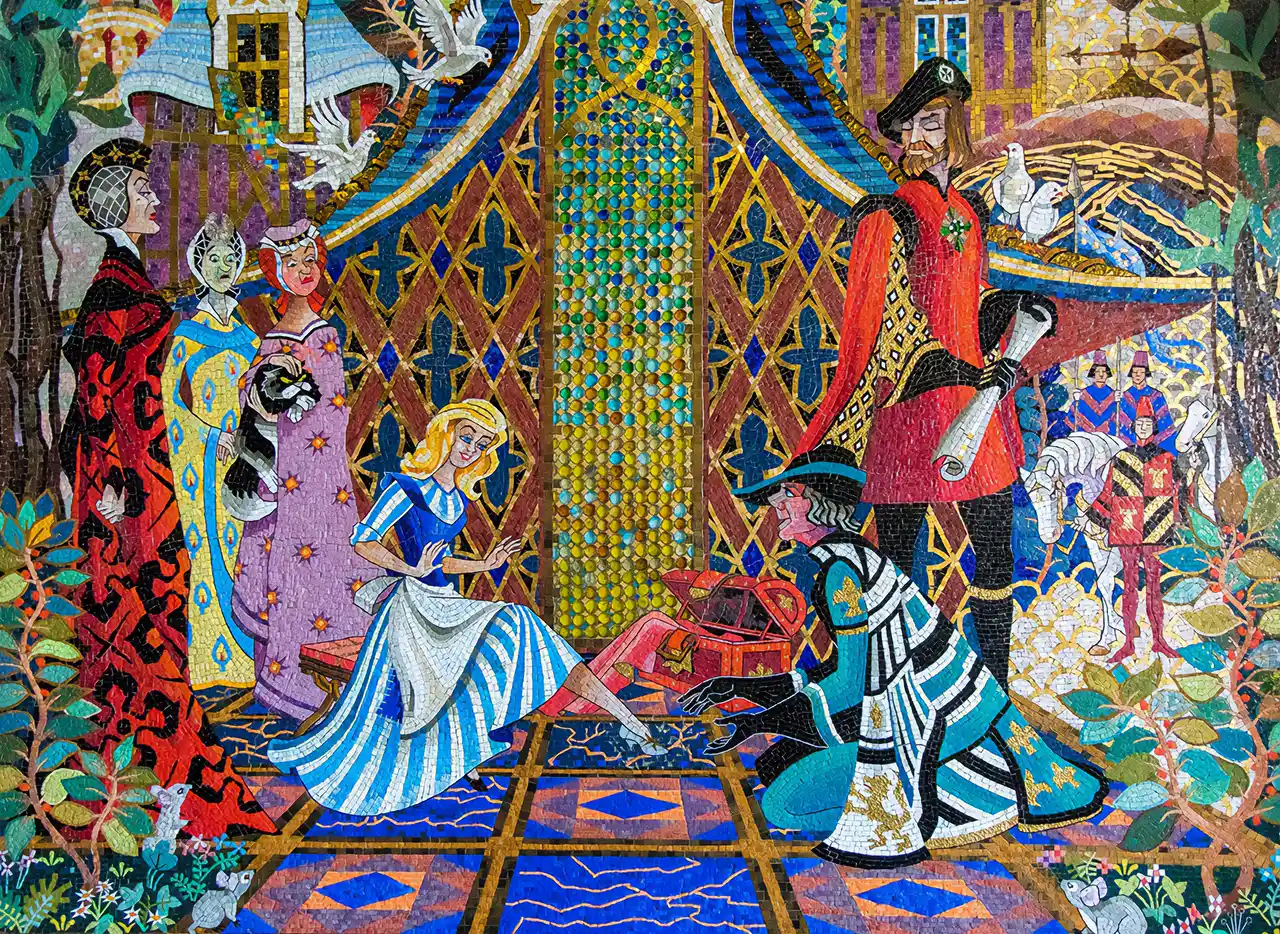
It is the Cinderella Castle Mosaic Mural and after this entire story about Scharff interrogating over 500 captured Allied pilots perhaps this is the most bewildering fact of the whole story. Nazi Germany’s Master Interrogator became a mosaic artist, with his art still exposed in Disney Land.

But his work also hangs in the California State Capitol building, Los Angeles Hall, and many other public buildings in the United States. He passed away in 1992, at the age of 85.
